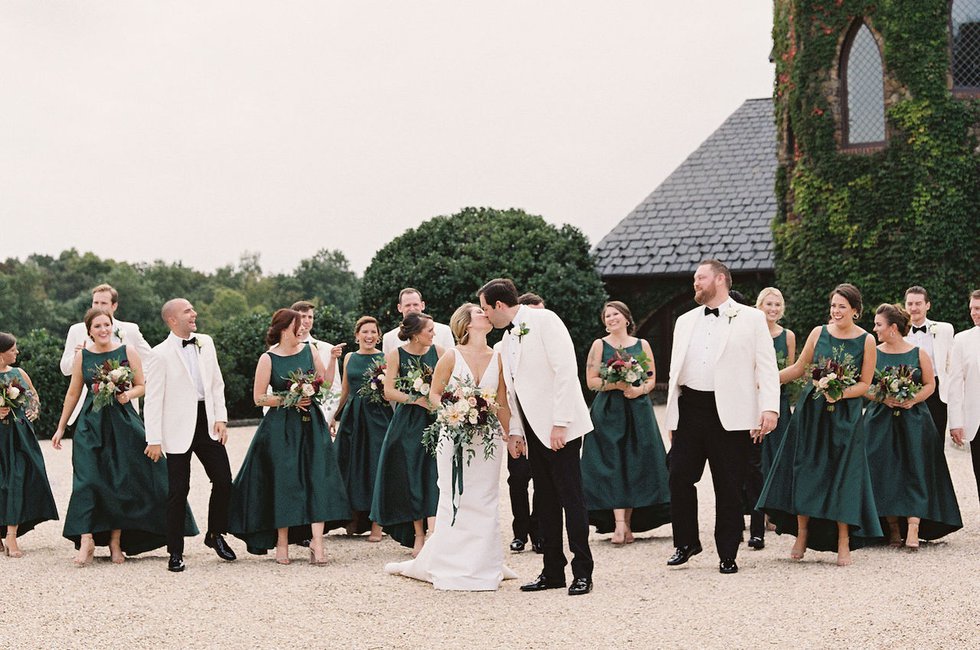‘Fast’ time had a rocky start in Hanover, and across the country.

Daylight Fantastic
50 Years Ago
Few of us think about “falling back,” and most of us aren’t excited about “springing forward” either. But in early 1961, daylight saving time was a hot-button issue for the people of Hanover County. Its Herald Progress reported that Richmond’s decision to switch to “fast” time from April 30 through October 30 that year was causing “dismay and confusion” among its readers.
Commuters and car poolers from Hanover were antsy, because they would have to cross a time zone to work in Richmond. Farmers expected problems too, especially those “interested in saving their hay during the four or five hours of daylight when hay could be gotten up,” read the article. And if a farmer shut down at 4 p.m. to go into Richmond for supplies or equipment, he would arrive only to learn that the stores had closed. Very few stores stayed open later than 5 p.m. And Interstate 95 had not yet been extended north of the Richmond-Petersburg Turnpike.
The solution: Put Hanover on daylight time too. But not so fast! That would have taken an act of the General Assembly, because the county is not contiguous with the city of Richmond and thus required its own legislation to adopt the time. None of the county’s supervisors, who would have had to okay the change, wanted it. Some called it a “mess.”
And a mess it was, in Virginia and across the country. Daylight saving time was inconsistently adopted and applied, and one year in Iowa the time change happened on 23 different schedules, depending on the region. In 1966, President Johnson signed the Uniform Time Act, in general setting daylight time to begin the last Sunday of April and end the last Sunday of October. Under the Energy Policy Act of 2005, daylight time was extended, and we now spring forward the second Sunday of March and get our hour back the first Sunday of November.
Few will be shocked to learn that this was all Benjamin Franklin’s idea writes David Prerau in Saving the Daylight. Ben, in Paris with time on his hands, didn’t suggest that clocks be turned forward, but he did say that a lot of candles could be saved if people got up earlier in summer. ’Twas English builder William Willett who, in his 1907 pamphlet, “The Waste of Daylight,” suggested resetting clocks so that people could savor “long light evenings.”
But daylight saving time wouldn’t take off until World War I when it saved fuel by reducing reliance on artificial lighting. Daylight time had a reprise during World War II and in general remained popular.
But daylight savings time (it sometimes carries the s) was highly suspect in some corners, writes Michael Downing in Spring Forward: The Annual Madness of Daylight Saving Time. In 1919, it attracted hellfire from a New York Times reader, who wrote that, with the war over and the need to conserve energy abated, “We can look forward to all the European nations abolishing this wickedness and awakening as it were out of a nightmare of a species of blasphemy akin to the worship of Baal.” Similar irrational alarms sounded in Virginia in the 1960s when EDT became a fact of life. But changing time always brings with it a bit of confusion.








